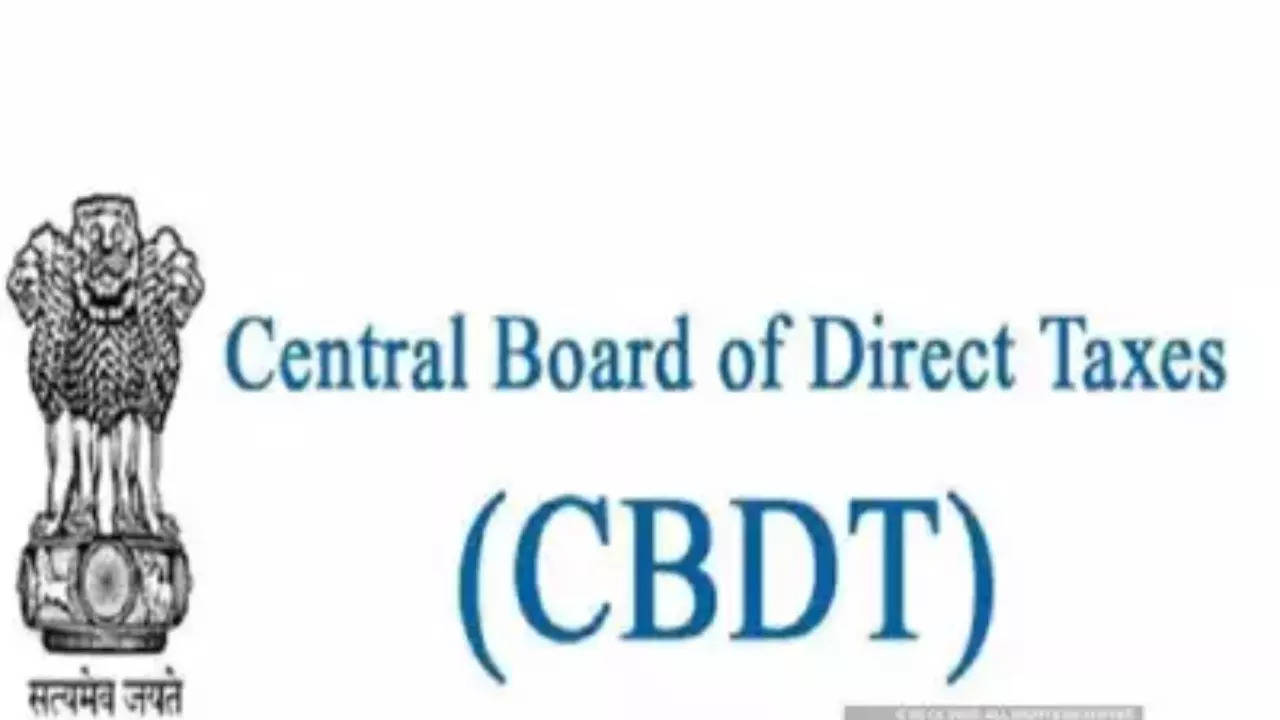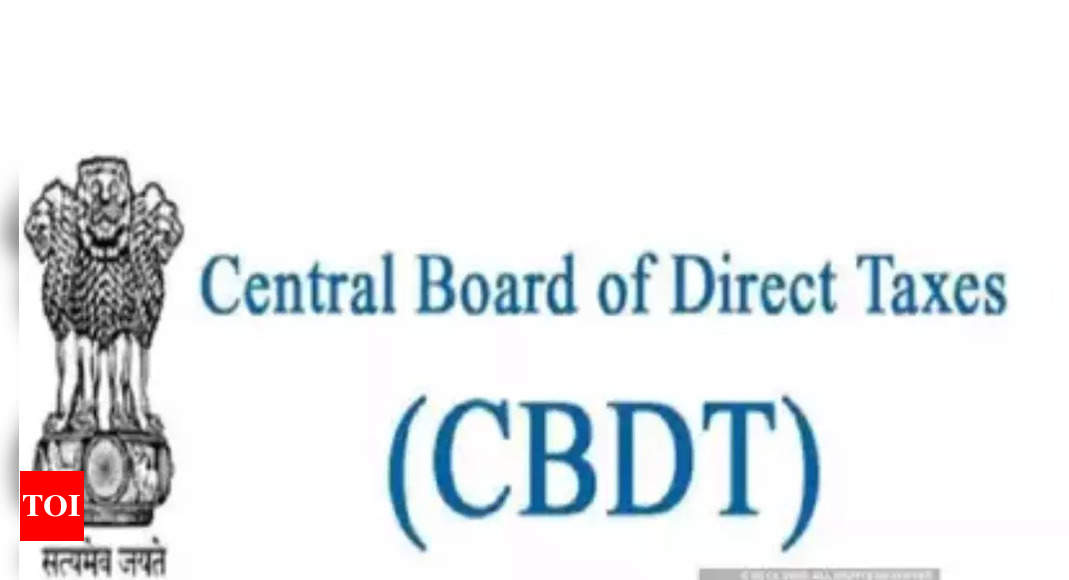
MUMBAI: The Central Board of Direct Taxes (CBDT) has entered into a record 125 Advance Pricing Agreements (APAs) in the financial year (FY) 2023-24 with Indian taxpayers.
This includes 86 Unilateral APAs (UAPAs) and 39 Bilateral APAs (BAPAs). This marks the highest ever APA signings in any financial year since the launch of the APA programme.
The number of APAs signed in FY 2023-24 also represents a 31% increase compared to the 95 APAs signed during the preceding financial year.With this, the total number of APAs since inception of the APA programme has gone up to 641, comprising 506 UAPAs and 135 BAPAs.
During FY 2023-24 CBDT also signed the maximum number of BAPAs in any financial year till date. The BAPAs were signed as a consequence of entering into Mutual Agreements with India’s treaty partners namely Australia, Canada, Denmark, Japan, Singapore, the UK and the US.
In 2013-14, which was the first complete financial year (as APAs became operational in August 2012), only 5 agreements had been signed by the CBDT. Since then, the number of APAs concluded yearly has been rising exponentially.
APAs are a mechanism to resolve transfer pricing disputes, in advance. Transactions between related parties (say an Indian subsidiary providing software development to its US parent company) are required to be an arm’s length, which means no unfair pricing advantage is to be provided.
Transfer pricing provisions in Income-tax (I-T) laws, determine whether or not the pricing is at an arm’s length, which ensures that profits are properly captured in a country (in this case, India) and no I-T revenue is lost. APAs with a roll-back provision, which give I-T certainty to the applicant (taxpayer) for nine years, were introduced from 2015.
The signing of bilateral APAs additionally provides the taxpayers with protection from any anticipated or actual double taxation.
CBDT in it’s release points out that the APA programme has contributed significantly to the Government of India’s mission of promoting ease of doing business, especially for MNEs which have a large number of cross-border transactions within their group entities.
This includes 86 Unilateral APAs (UAPAs) and 39 Bilateral APAs (BAPAs). This marks the highest ever APA signings in any financial year since the launch of the APA programme.
The number of APAs signed in FY 2023-24 also represents a 31% increase compared to the 95 APAs signed during the preceding financial year.With this, the total number of APAs since inception of the APA programme has gone up to 641, comprising 506 UAPAs and 135 BAPAs.
During FY 2023-24 CBDT also signed the maximum number of BAPAs in any financial year till date. The BAPAs were signed as a consequence of entering into Mutual Agreements with India’s treaty partners namely Australia, Canada, Denmark, Japan, Singapore, the UK and the US.
In 2013-14, which was the first complete financial year (as APAs became operational in August 2012), only 5 agreements had been signed by the CBDT. Since then, the number of APAs concluded yearly has been rising exponentially.
APAs are a mechanism to resolve transfer pricing disputes, in advance. Transactions between related parties (say an Indian subsidiary providing software development to its US parent company) are required to be an arm’s length, which means no unfair pricing advantage is to be provided.
Transfer pricing provisions in Income-tax (I-T) laws, determine whether or not the pricing is at an arm’s length, which ensures that profits are properly captured in a country (in this case, India) and no I-T revenue is lost. APAs with a roll-back provision, which give I-T certainty to the applicant (taxpayer) for nine years, were introduced from 2015.
The signing of bilateral APAs additionally provides the taxpayers with protection from any anticipated or actual double taxation.
CBDT in it’s release points out that the APA programme has contributed significantly to the Government of India’s mission of promoting ease of doing business, especially for MNEs which have a large number of cross-border transactions within their group entities.
Source link

